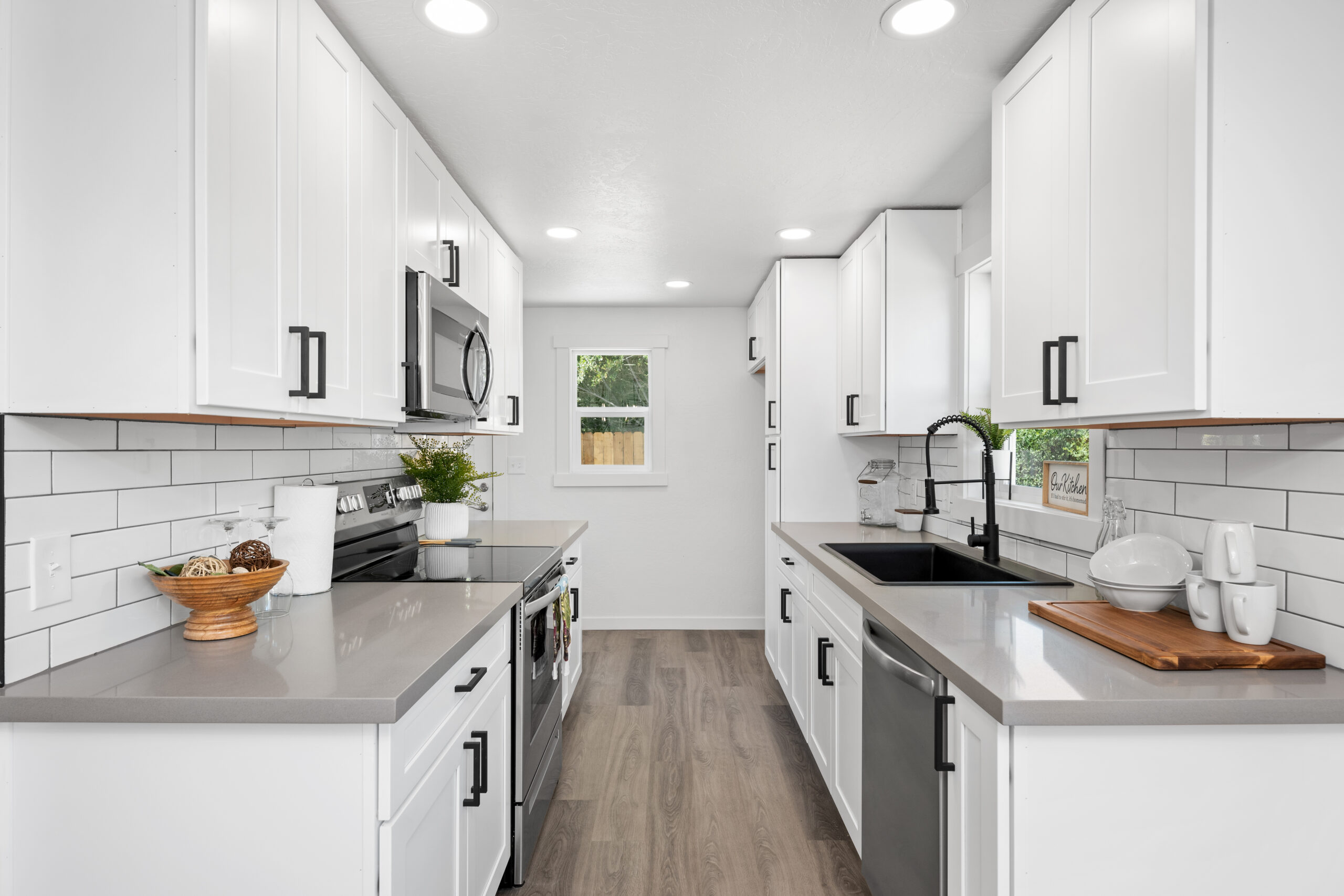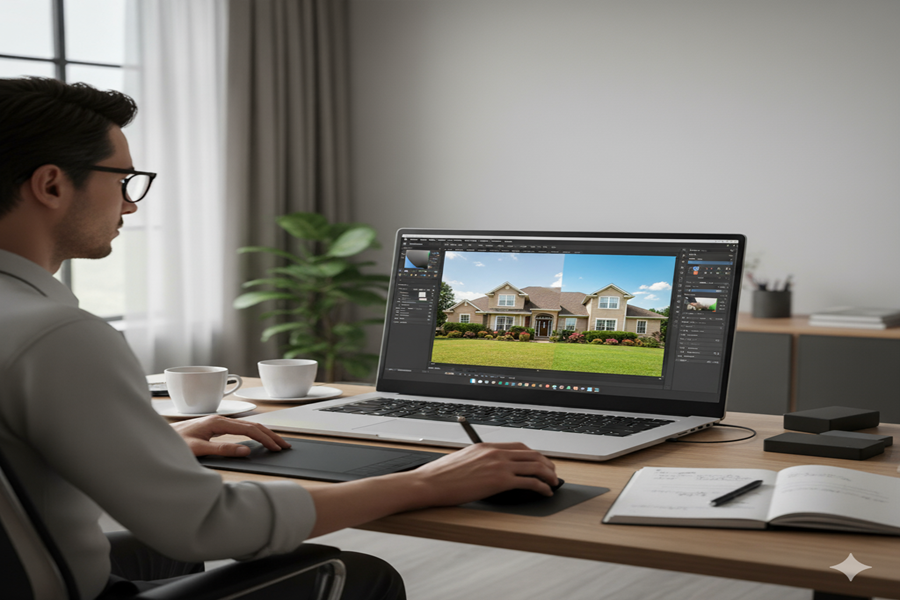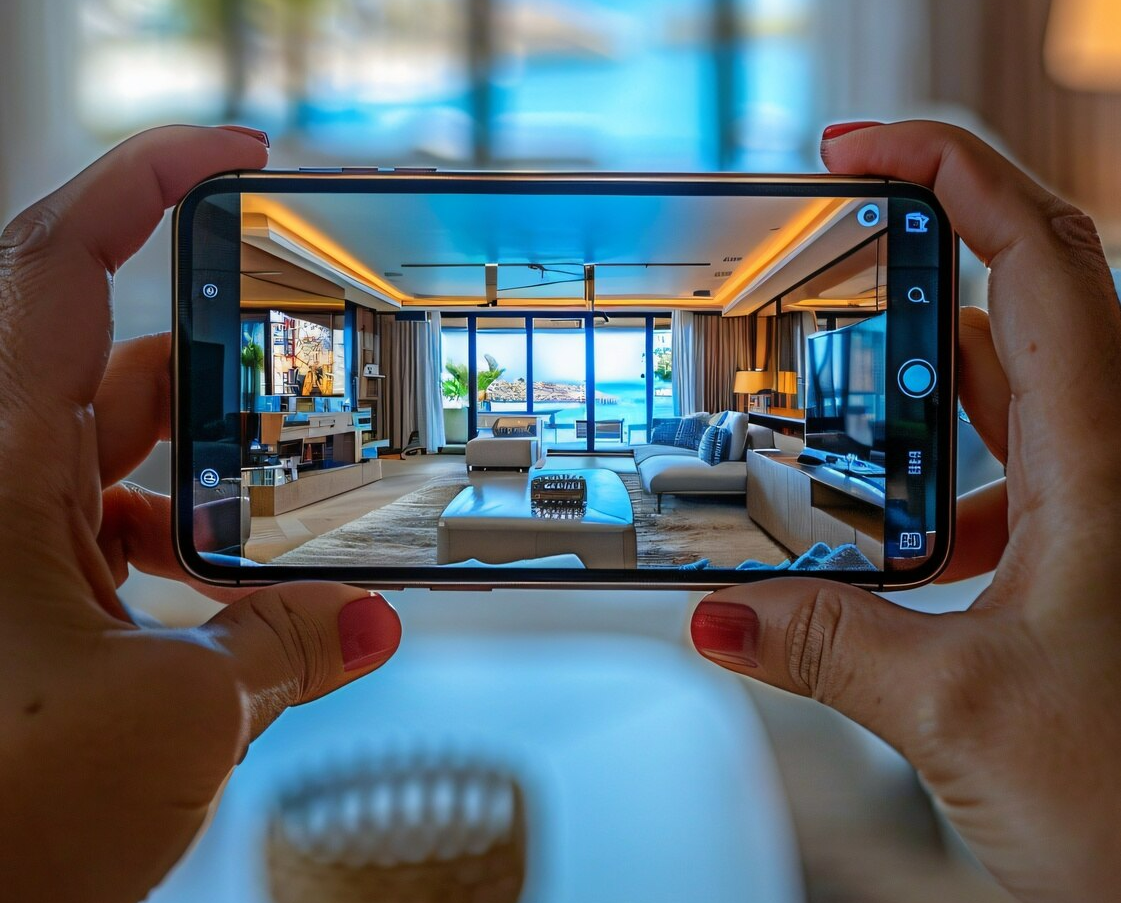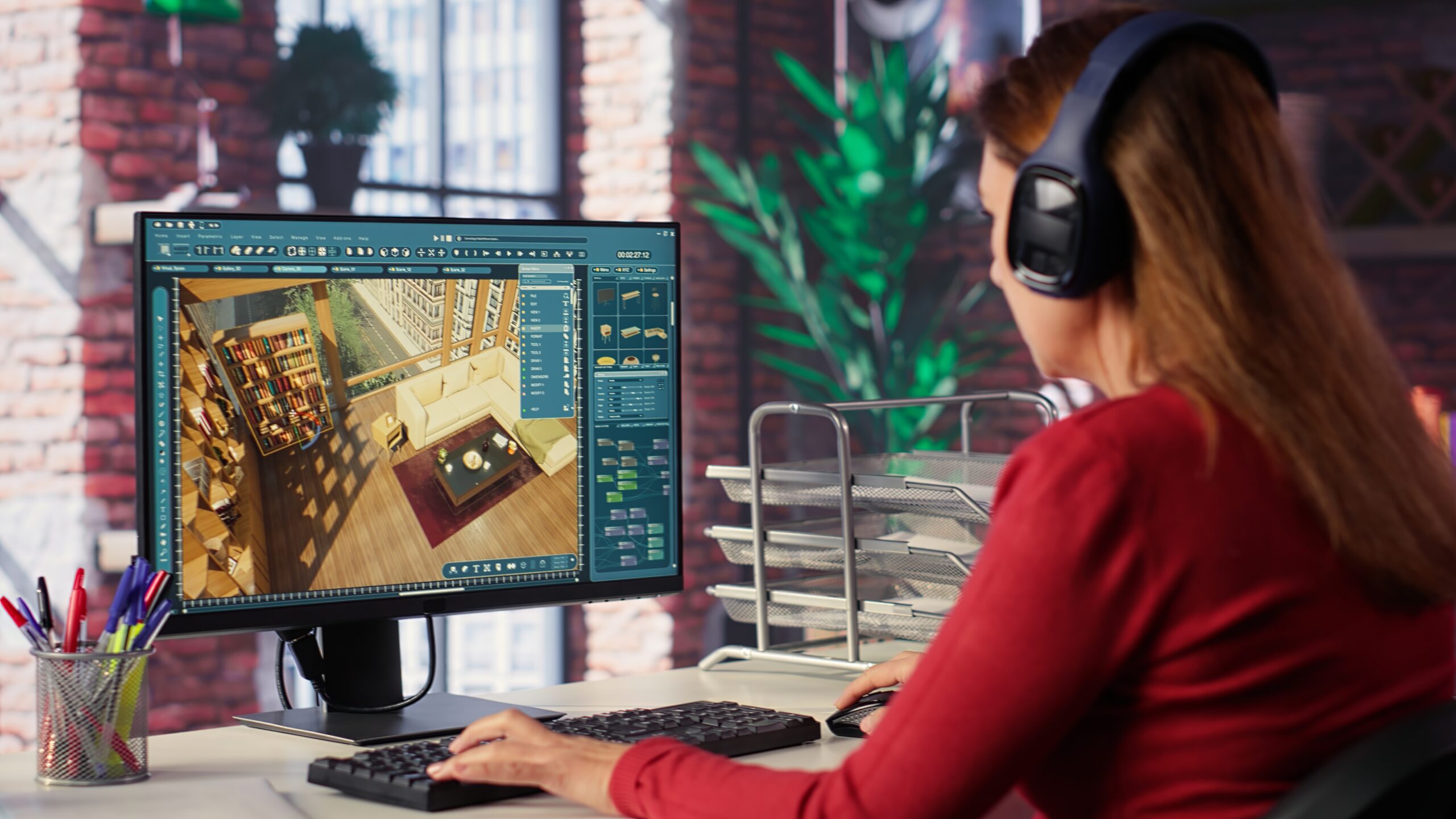Running a successful real estate photography business is no small feat. As much as it’s about capturing stunning images and videos, it’s also about managing the financial side of things. After all, your profits are directly impacted by your expenses. From gear costs to marketing, insurance, and travel expenses, it’s easy for costs to get out of hand.
But here’s the good news: There are several ways you can save money and reduce your expenses without compromising the quality of your work or your business’s growth potential. Whether you’re just starting out or have been in the industry for a while, learning how to effectively manage your costs can make a huge difference to your bottom line.
In this blog post, we’ll walk you through several smart strategies to help you trim the fat and run a leaner, more profitable real estate photography business. From optimizing your workflow to leveraging the power of technology, we’ve got you covered.
1. Optimize Your Gear Investment
Cameras, lenses, tripods, and lighting gear can be significant expenses for any photographer. But just because you’re working in real estate doesn’t mean you need to go broke buying the latest and most expensive equipment. Here are a few tips for saving money on gear:
A. Buy Used Gear (Smartly)
Buying used or refurbished gear can save you a significant amount of money. You can get cameras, lenses, and accessories that are just as good as new, but at a fraction of the cost. Look for reputable sellers who offer warranties or return policies in case you run into any issues. Websites like KEH, MPB, or even eBay can be great places to start your search for used equipment.
B. Prioritize the Essentials
You don’t need to buy every piece of gear on the market. Invest in quality essentials that are most important for real estate photography: a wide-angle lens, camera body with good low-light performance, a reliable tripod, and a flash or lighting setup. Avoid overspending on niche gear you might not use often, such as high-end drone models or multiple lens options. Focus on the gear that will give you the best return on investment.
C. Maintain Your Gear
Regular maintenance and proper care of your equipment can help it last longer and perform better. By keeping your lenses clean, storing your camera in a safe place, and regularly checking the functionality of your gear, you can avoid costly repairs or replacements down the line.
2. Streamline Your Workflow
An efficient workflow not only saves time but also helps you cut down on unnecessary expenses. The quicker you can turn around photos and videos, the less you’ll have to spend on labor costs and the more clients you can serve. Here are some ways to streamline your processes:
A. Automate Editing With Presets
Editing photos can be time-consuming. Instead of manually adjusting each image, use Lightroom or Photoshop presets to speed up your editing process. Presets can help you apply consistent adjustments with just a click, allowing you to finish edits faster. You can create your own presets or buy ones tailored for real estate photography. Batch processing is another time-saving tip that will allow you to edit multiple images at once.
B. Outsource Smartly
While outsourcing editing can be a cost, it can also be a time-saving investment. If you’re drowning in post-production work, consider hiring a freelancer or a specialized photo editing service to handle the heavy lifting. You’ll get back valuable time to focus on shooting new properties and generating income. Look for services that charge based on volume (per image) rather than hourly, and always factor in the cost versus the time savings.
C. Use Cloud Storage Efficiently
Managing large image files requires reliable storage. Opt for cloud storage services (like Dropbox, Google Drive, or Backblaze) that offer affordable plans and make it easy to organize your images. Additionally, cloud storage allows for easy backup, minimizing the risk of losing important work while keeping local storage costs down.
3. Maximize Your Marketing Budget
Marketing your real estate photography business is essential, but you don’t need to break the bank to do it. Smart, low-cost strategies can go a long way in attracting clients without draining your resources.
A. Leverage Social Media (For Free!)
Social media is a free and effective tool for growing your business. Instagram, Facebook, and LinkedIn are ideal platforms for showcasing your portfolio, sharing behind-the-scenes content, and connecting with potential clients. Post consistently, engage with your audience, and use relevant hashtags to boost your visibility. Facebook groups and local real estate forums can also be great places to network with real estate agents and property managers in your area.
B. Build a Simple Website
Having a professional website is a must, but you don’t need to spend thousands of dollars on a custom site. Platforms like Wix, Squarespace, or WordPress allow you to create beautiful, functional websites on a budget. Choose a template that highlights your portfolio, services, and contact information, and make sure to optimize it for mobile devices. If you’re willing to put in some time, you can even handle the website development yourself, saving money on hiring a web designer.
C. Use Referral Programs
Encourage word-of-mouth marketing by offering incentives for referrals. A simple discount or free service for clients who refer others to you can generate valuable leads. Many photographers find that their best clients come from referrals, so creating a program that rewards loyal customers can be an excellent investment.
4. Reduce Your Travel and Transportation Costs
Travel is often one of the largest hidden costs in a real estate photography business, especially if you’re servicing a wide area. Here’s how to keep it manageable:
A. Bundle Jobs and Schedule Efficiently
When you’re planning your shoots, try to group appointments by location. If you have multiple clients in the same neighborhood or area, try to schedule them back-to-back. This will help reduce transportation costs, such as gas or time spent driving. Using a route-planning app like Google Maps or Route Planner can help you optimize your travel time and reduce fuel costs.
B. Consider Your Vehicle
If you’re regularly transporting gear, make sure your vehicle is fuel-efficient and suited for the job. Investing in a car with better gas mileage can save you a lot of money over time. Additionally, don’t forget to keep track of your mileage for tax deductions. Keeping detailed records of business-related travel can result in significant savings at the end of the year.
C. Look for Local Clients
If you’re spending too much time traveling, it might be time to focus on building a more localized client base. Real estate agents and property managers in your area are likely to need your services regularly, and by sticking closer to home, you can reduce travel time and costs.
5. Handle Business Expenses Smartly
There are several small ways to save on ongoing expenses that can add up quickly:
A. Invest in Insurance and Liability Protection
While insurance might seem like an additional cost, it’s one that could save you a ton of money in the event of an accident or mishap. General liability insurance and equipment insurance are key policies for photographers, as they protect you from costly claims or damage to your gear. Shop around for affordable plans that fit your needs, and regularly reassess your coverage to ensure you’re not paying for unnecessary add-ons.
B. Write Off Tax Deductions
Your business expenses are tax-deductible, meaning you can save money by keeping detailed records and filing your deductions properly. Expenses like software subscriptions, camera gear, marketing materials, and even home office costs can be written off. Consult with a tax professional to ensure you’re claiming all possible deductions and reducing your taxable income.
C. Buy Supplies in Bulk
If you regularly purchase things like memory cards, batteries, or props, consider buying in bulk to save money. You’ll often get a better price per unit and avoid having to order supplies as frequently. Amazon Business and other bulk suppliers often offer discounts for bulk purchases.
6. Reevaluate Your Pricing Strategy
Sometimes, the best way to save money is by charging what you’re worth. Are you pricing your services correctly, or are you undervaluing your work?
- Increase your rates gradually as you gain more experience or improve your skill set.
- Consider offering premium packages for clients who want extra services, like video walkthroughs or twilight photography.
- Don’t forget to account for all your business expenses when setting prices. Ensuring your rates cover your costs is key to maintaining profitability.
Conclusion: Small Savings Add Up
Saving money in your real estate photography business is about making smart, strategic choices. Whether it’s cutting down on unnecessary gear purchases, optimizing your workflow, reducing travel costs, or streamlining your marketing efforts, every penny saved is a step toward increasing your profits.
By implementing these tips and staying organized with your finances, you’ll be able to reduce your expenses and keep your business running smoothly. And, as you continue to improve your skill set and gain more clients, you’ll find that these savings directly contribute to your bottom line, helping you build a more sustainable and successful business.
Remember: It’s not just about cutting costs—it’s about making your resources work smarter. With the right approach, you’ll be able to thrive in the competitive world of real estate photography without breaking the bank. Happy shooting!



